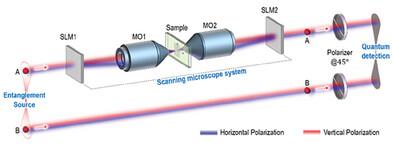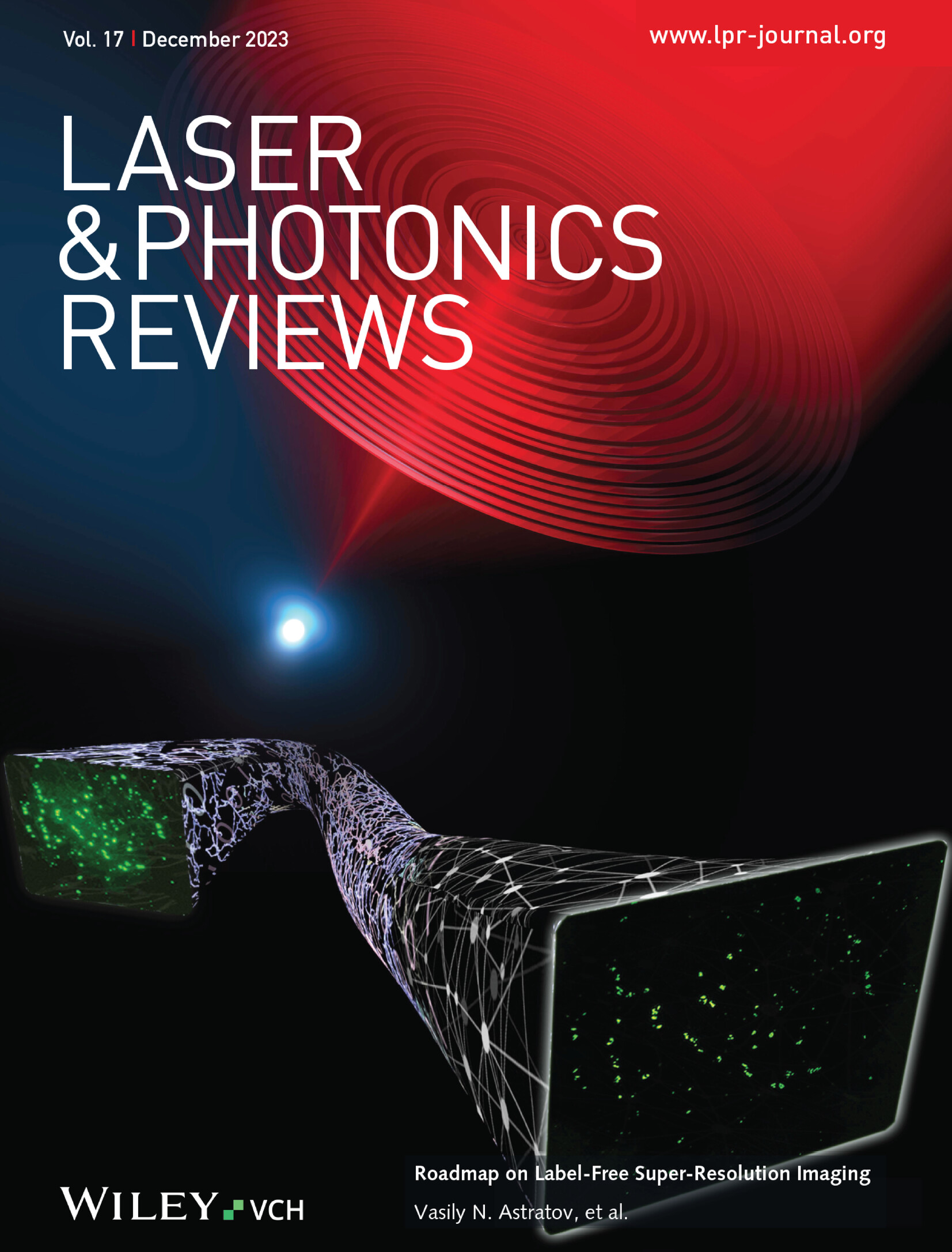Quantum Holographic Microscopy
IF 9.8
1区 物理与天体物理
Q1 OPTICS
引用次数: 0
Abstract
Quantitative phase microscopy (QPM) techniques are widely investigated for imaging transparent specimens, such as cells and tissues. The sensitivity and resolution of conventionally used QPM are fundamentally limited by environmental noise. Recently, quantum phase microscopy has been proposed. The research on it has made some progress and has shown many advantages over the classical one, such as greater robustness and higher contrast. However, the phase resolution of existing quantum phase microscopies remains very low, often confined to the qualitative measurement level. Here, to resolve these practical limitations, we introduced polarization entanglement-enabled quantum holographic technology into the microscopy system and constructed a new type of quantum phase microscopy, namely quantum holographic microscopy. By improving the existing quantum holographic scheme, our microscope system can be used to measure both various non-biological phase samples and label-free biological samples. The experimental results show that the phase resolution is improved by an order of magnitude compared with that of existing quantum phase microscopes. Moreover, the system has good robustness and can still obtain clear images in the presence of strong classical noise. The newly constructed quantum microscopic system is expected to have broad applications in industrial production, medicine, biological research, and other fields.

求助全文
约1分钟内获得全文
求助全文
来源期刊
CiteScore
14.20
自引率
5.50%
发文量
314
审稿时长
2 months
期刊介绍:
Laser & Photonics Reviews is a reputable journal that publishes high-quality Reviews, original Research Articles, and Perspectives in the field of photonics and optics. It covers both theoretical and experimental aspects, including recent groundbreaking research, specific advancements, and innovative applications.
As evidence of its impact and recognition, Laser & Photonics Reviews boasts a remarkable 2022 Impact Factor of 11.0, according to the Journal Citation Reports from Clarivate Analytics (2023). Moreover, it holds impressive rankings in the InCites Journal Citation Reports: in 2021, it was ranked 6th out of 101 in the field of Optics, 15th out of 161 in Applied Physics, and 12th out of 69 in Condensed Matter Physics.
The journal uses the ISSN numbers 1863-8880 for print and 1863-8899 for online publications.

 求助内容:
求助内容: 应助结果提醒方式:
应助结果提醒方式:


